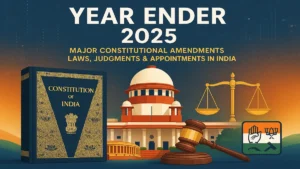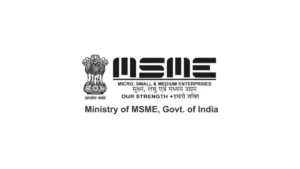
The 2028 Summer Olympic and Paralympic Games will be hosted in Los Angeles, United States. The opening ceremony for the 2028 Los Angeles Olympics will take place on July 14, 2028, and continue till July 30. However, Los Angeles has previously hosted the Olympics in 1984 and 1932. The LA28 Games will feature more than 3,000 hours of live sport across 800 events in more than 40 sports. 15,000 athletes are expected to compete in the Olympic and Paralympic Games in Los Angeles, according to LA 28.
Buy Prime Test Series for all Banking, SSC, Insurance & other exams
Meanwhile, the Paralympic Games will begin in Los Angeles on August 15, 2028, and end on August 27. This will be the first time that Los Angeles will be hosting the Paralympic Games. It must be noted that the 2024 Summer Olympic Games will be held in Paris, France.




 Year Ender 2025: Major Constitutional Am...
Year Ender 2025: Major Constitutional Am...
 MSME Ministry Signs MoU with Amazon For ...
MSME Ministry Signs MoU with Amazon For ...
 Chhattisgarh Gets Its First Ramsar Site:...
Chhattisgarh Gets Its First Ramsar Site:...







